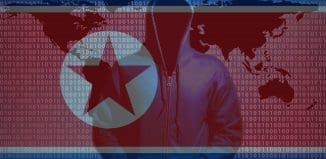Caught Red Handed: N. Korea UAVs Contain Footage Of S. Korea Military Facilities
This post is also available in:  עברית (Hebrew)
עברית (Hebrew)
It was recently revealed that North Korea again flew its UAVs into South Korea at the end of August and this time South Korea had radars in place that could spot and track them. South Korea sent up fighters and attack helicopters to take down the UAVs. Unlike the smaller UAVs used in 2014 this time they were larger models, apparently based on the Chinese D-4/ASN-104.
North Korea had been interested in UAVs since the 1970s but had never bought or built a lot of them. In the late 1980s North Korea acquired some of China’s first generation UAVs (ASN-104s). These were 140 kg (304 pound) aircraft with a 30 kg (66 pound) payload and endurance of two hours. Very crude by today’s standards but it took real time video and higher resolution still photos.
In the 1990s the North Koreans produced some ASN-104s, apparently by just copying the Chinese ones they had. In the 1990s North Korea got some Russian DR-3 jet powered UAVs. These were faster but less useful than the ASN-104s. The ASN-104s are expensive to maintain and it was believed that North Korea was switching to smaller, more capable and cheaper UAVs based on Chinese commercial models. North Korea is believed to have over 300 UAVs, many of them elderly and probably not operational.
In early 2014 there was some shock and surprise in South Korea when the remains of three North Korean UAVs that had crashed in South Korea were found. A close examination of the wreckage revealed that North Korea was using modified versions of the commercial Chinese SKY-09P UAV, which weighs 12 kg and has a payload of 3 kg. It is launched via a catapult and lands via a parachute. Endurance is 90 minutes and cruising speed is 90 kilometers an hour.
The SKY-09Ps found in South Korea had GPS coordinates in their guidance system showing they originated and were to return to a location in North Korea. The memory cards showed pictures of South Korean government (mainly military) facilities.
The question should once again be asked: How much are a country’s borders defense measures effective against different technologies, even the simplest of them.




























